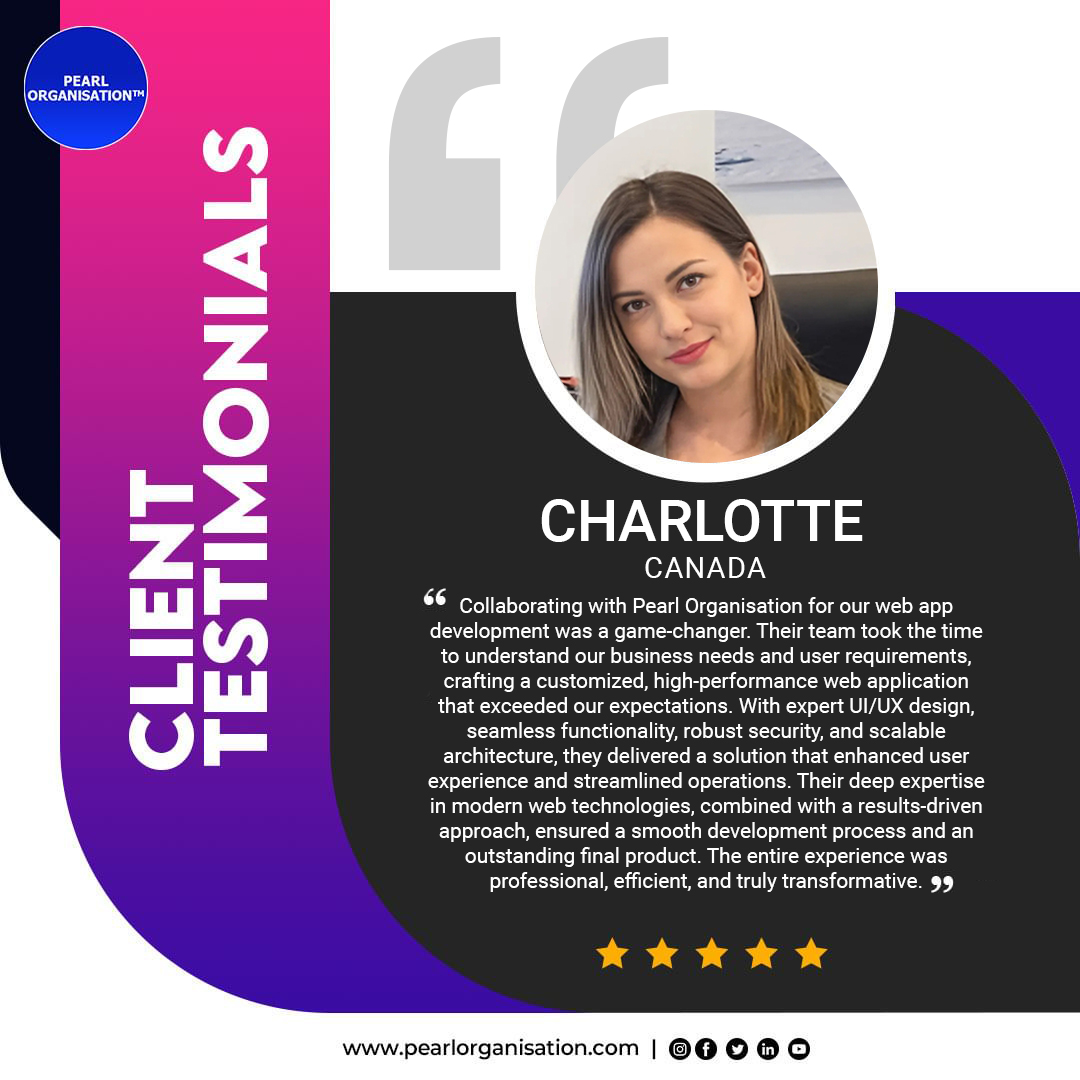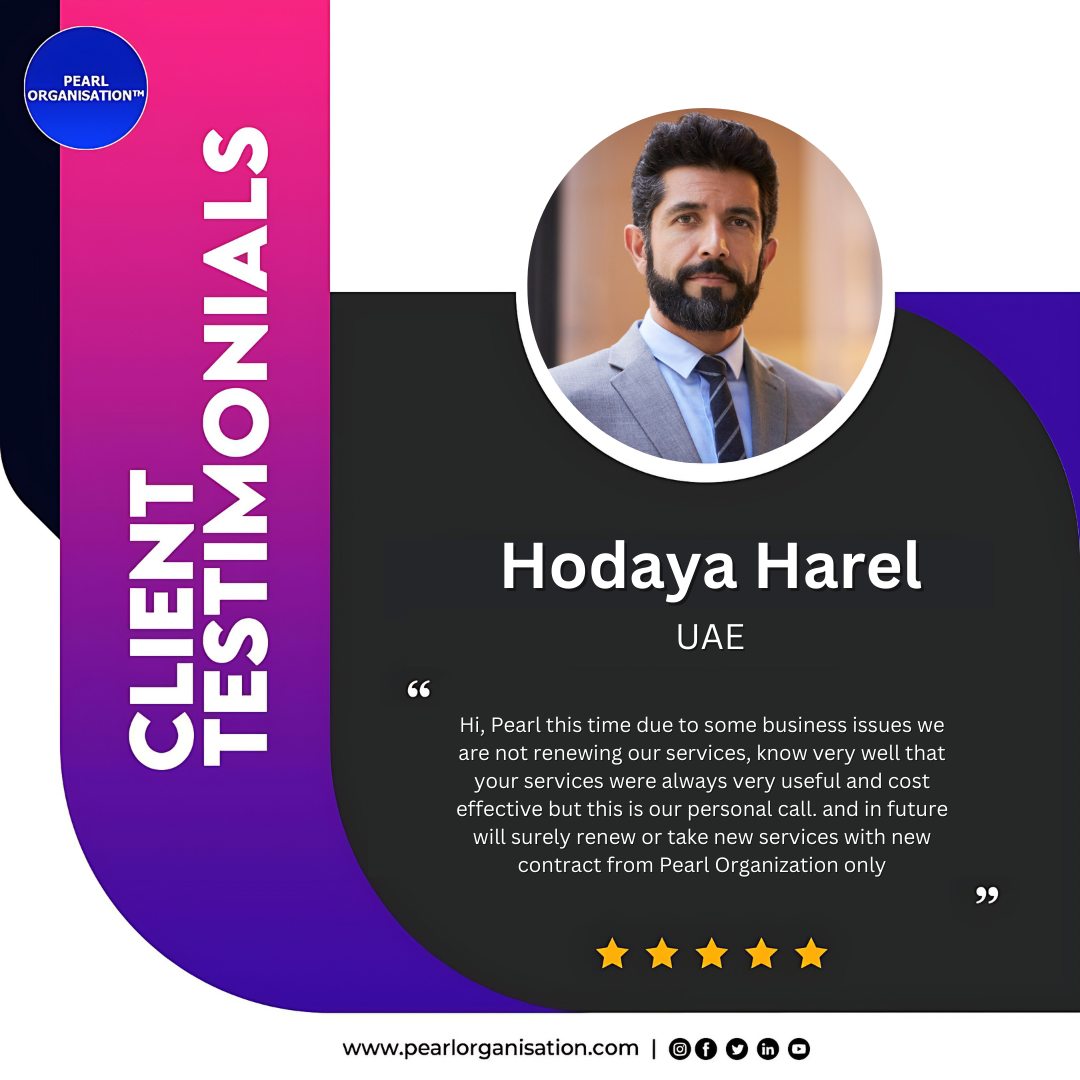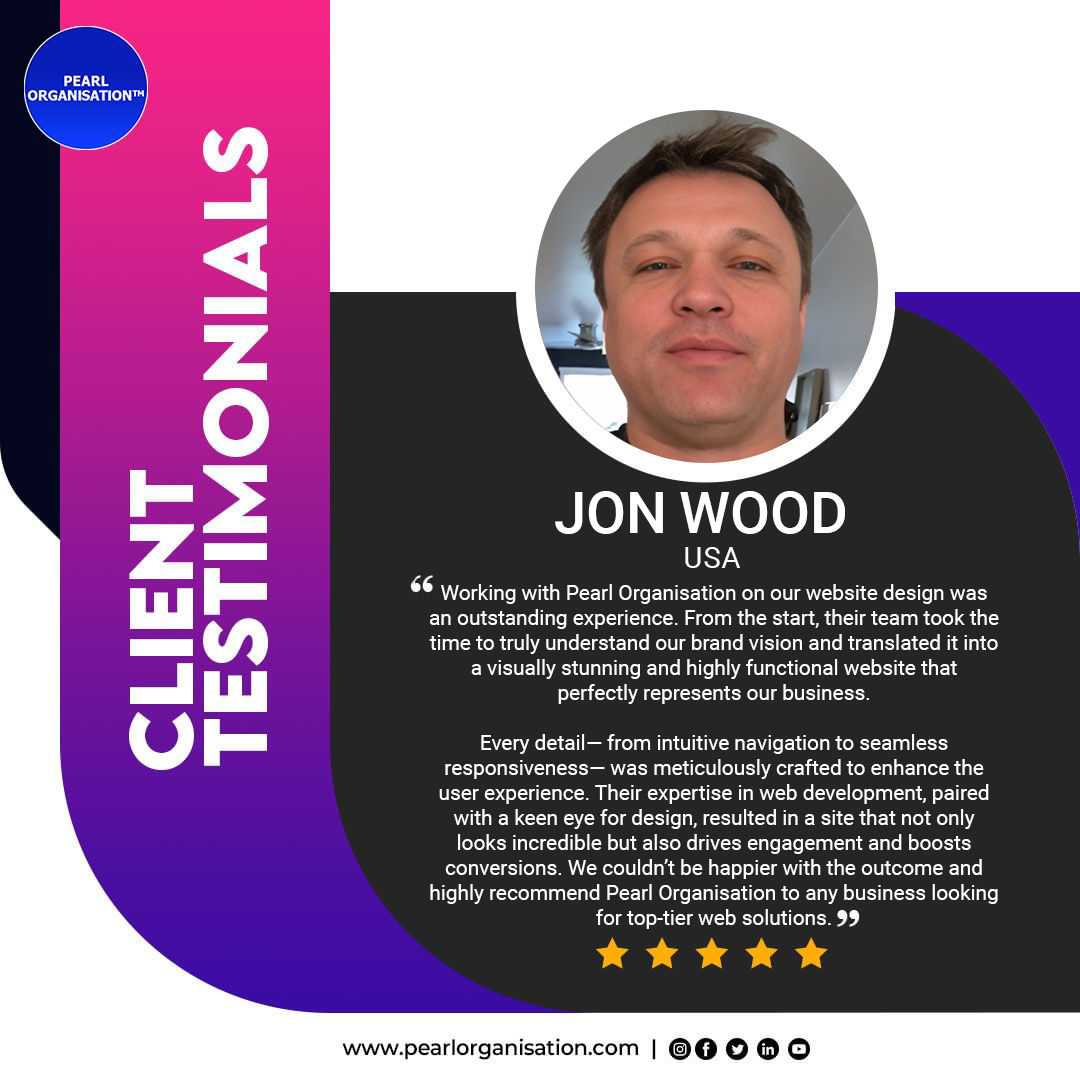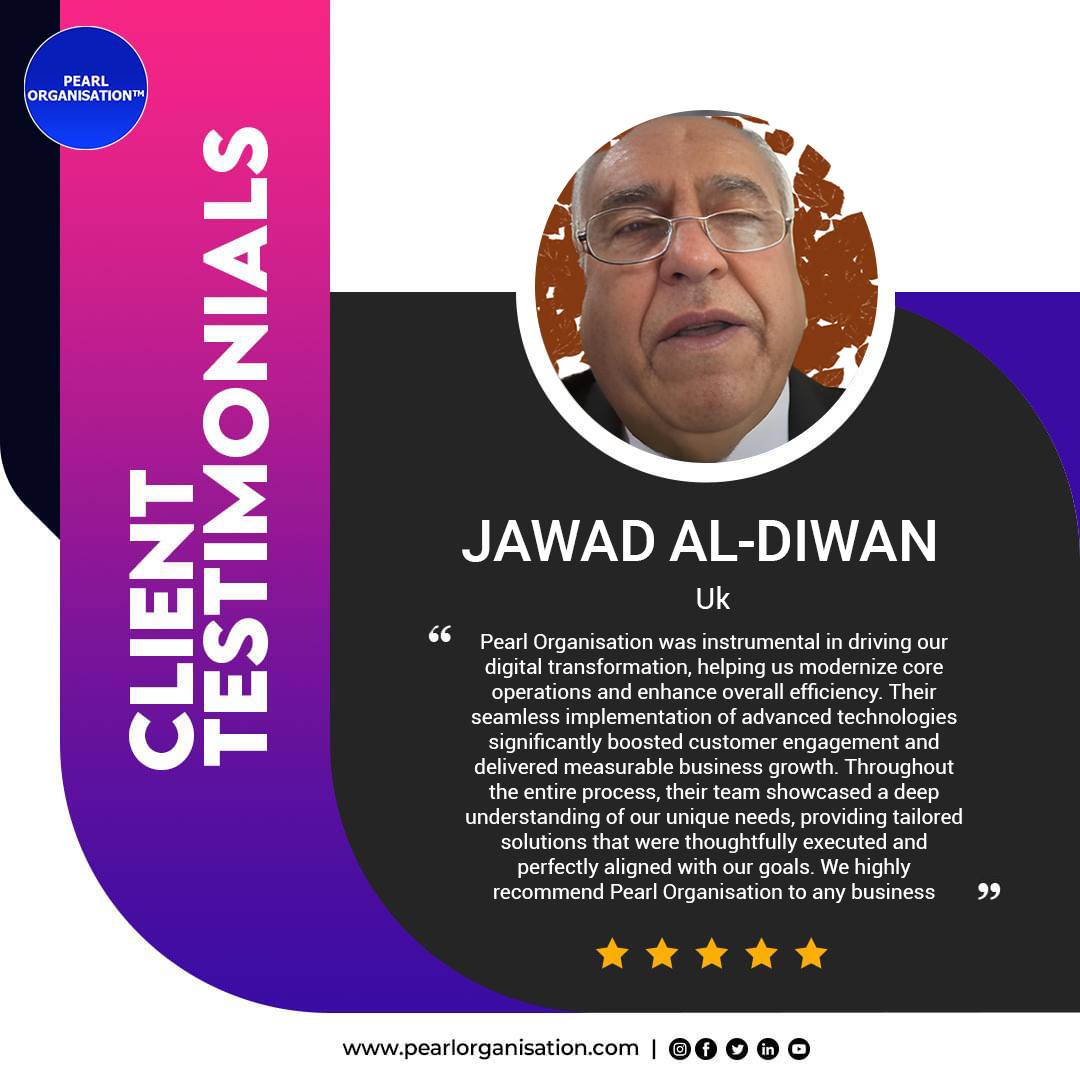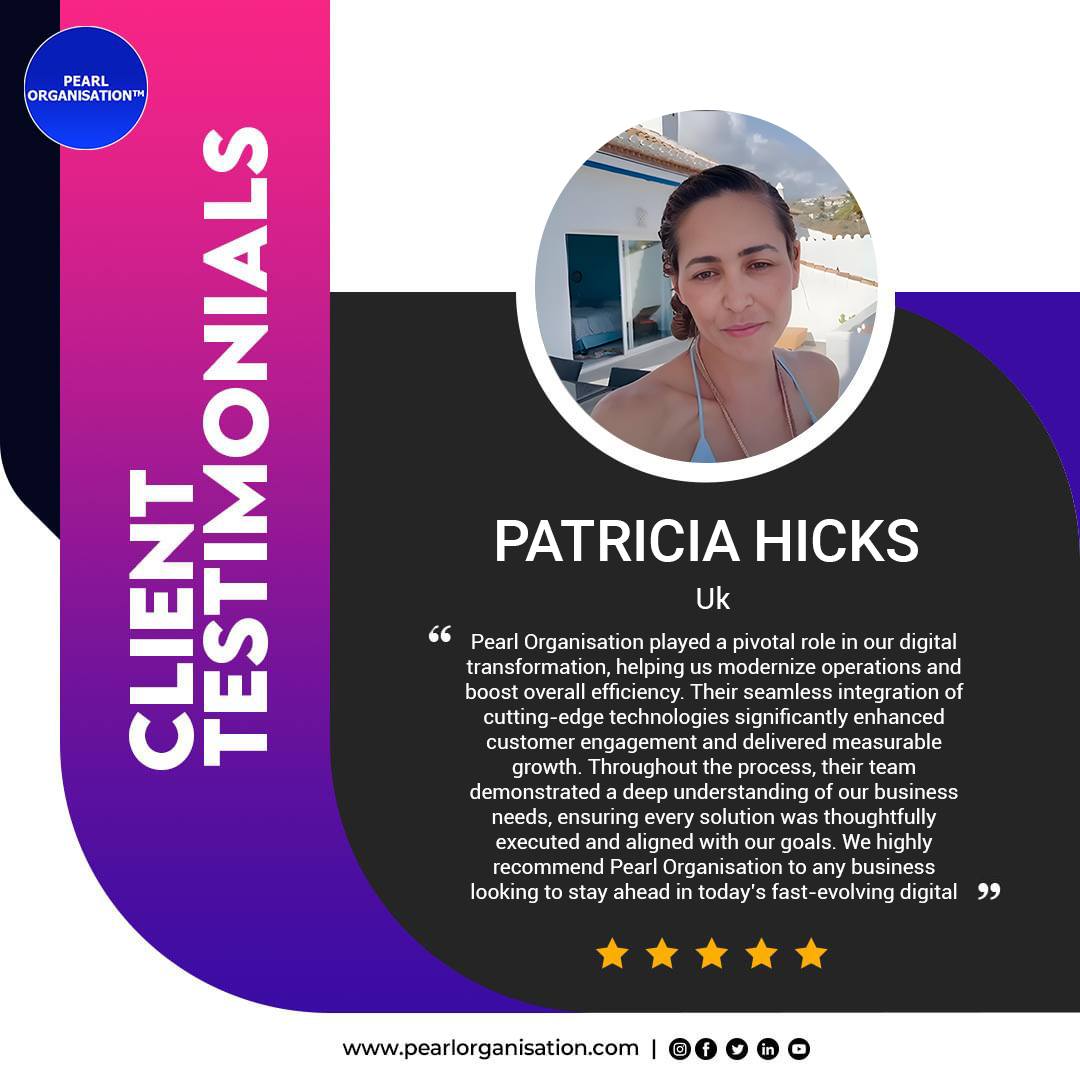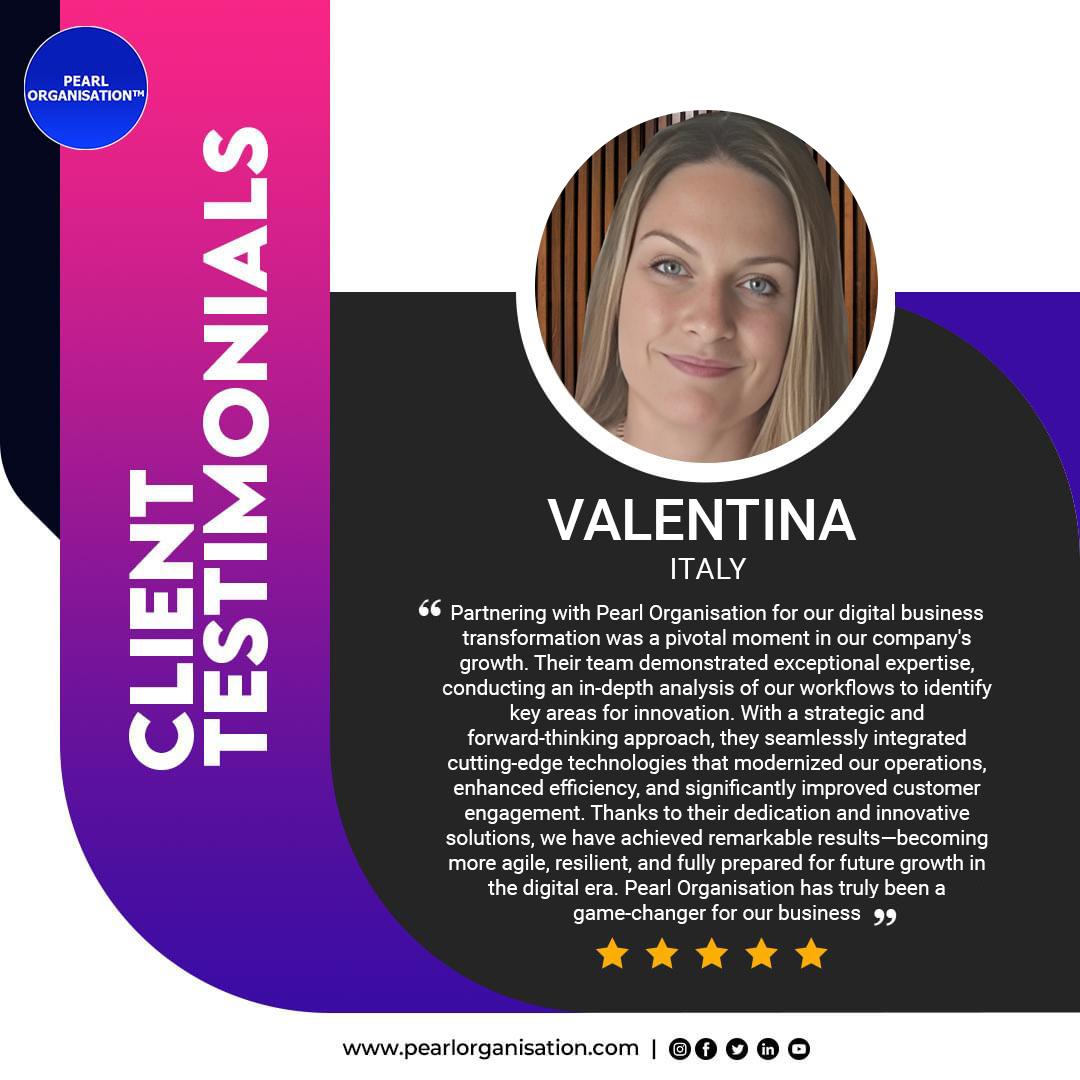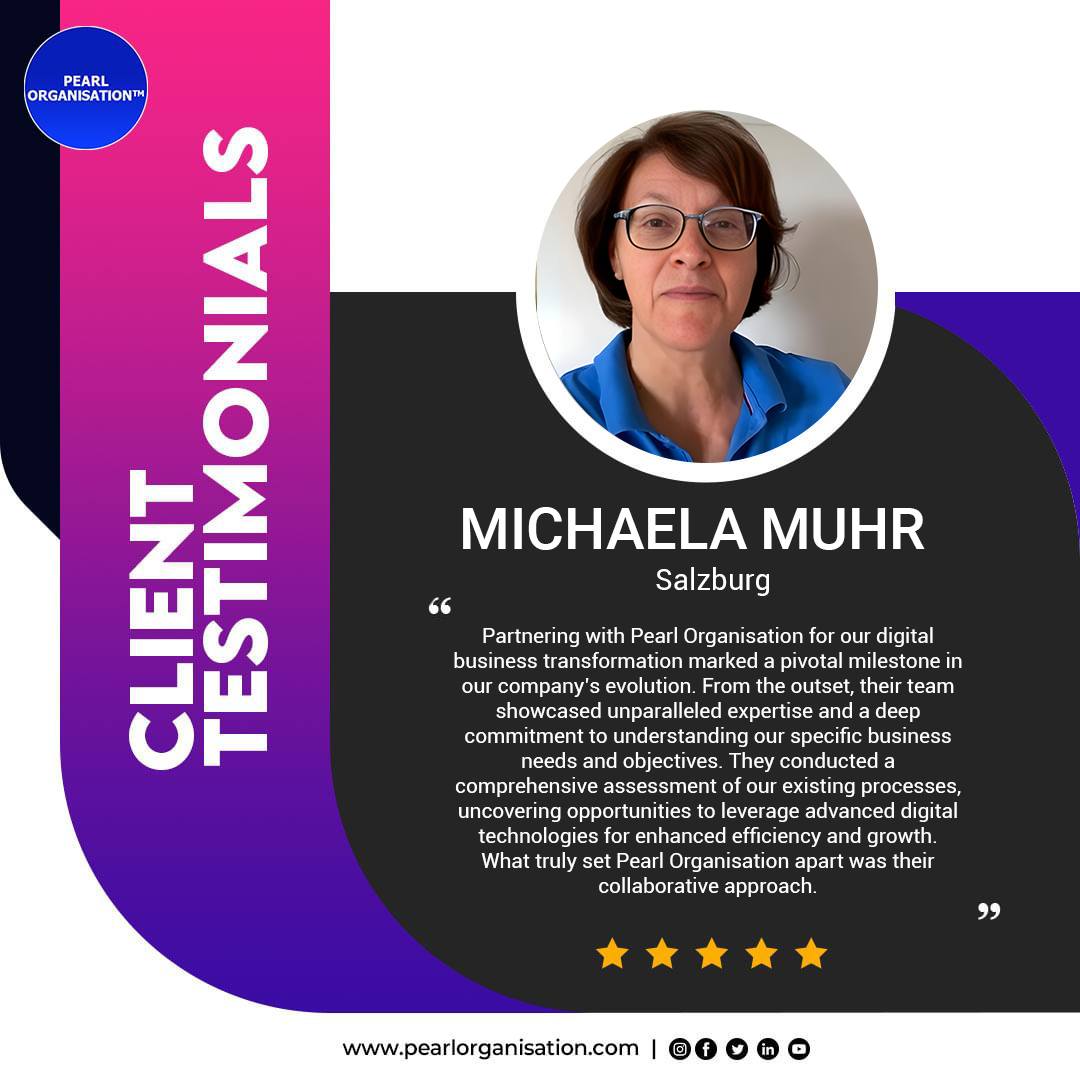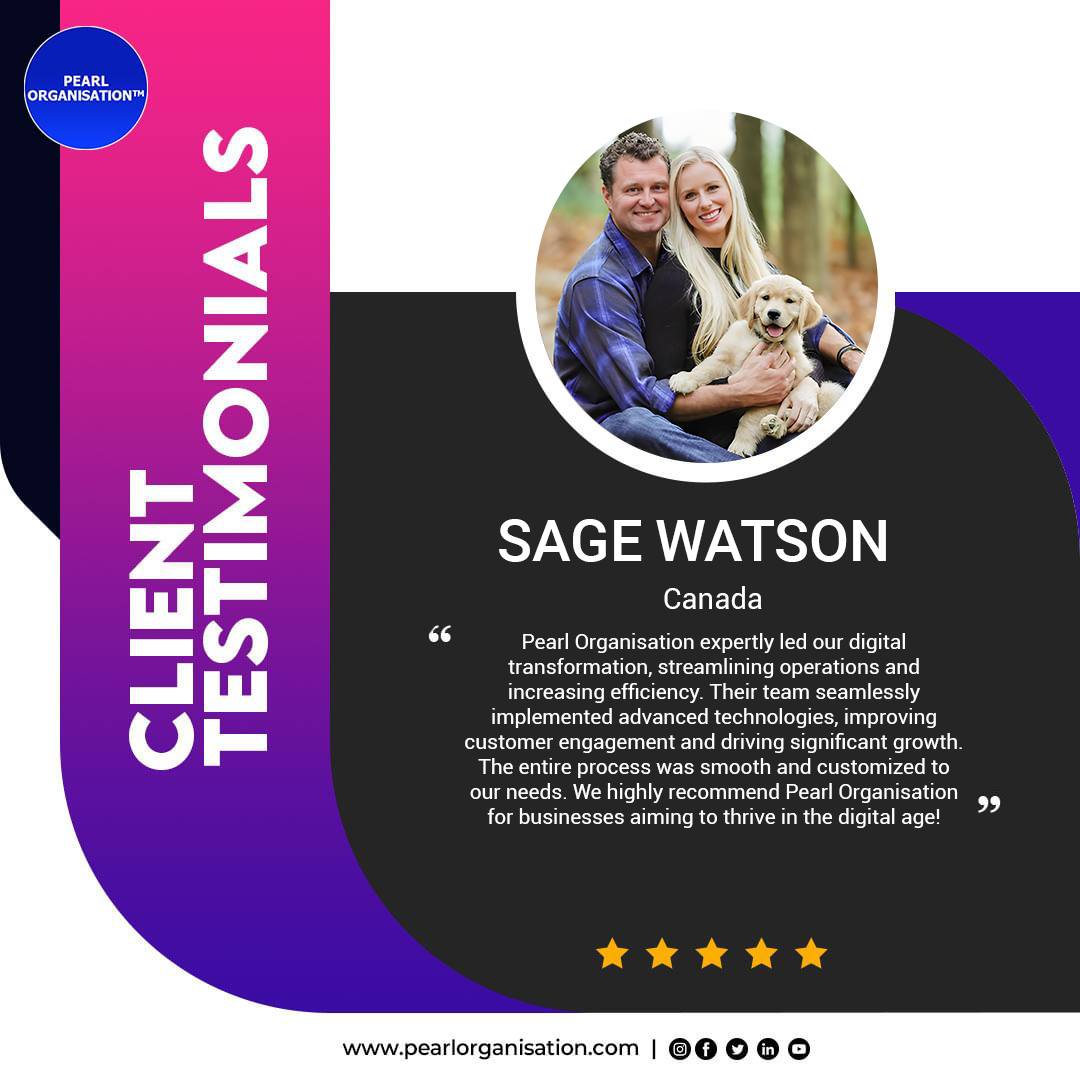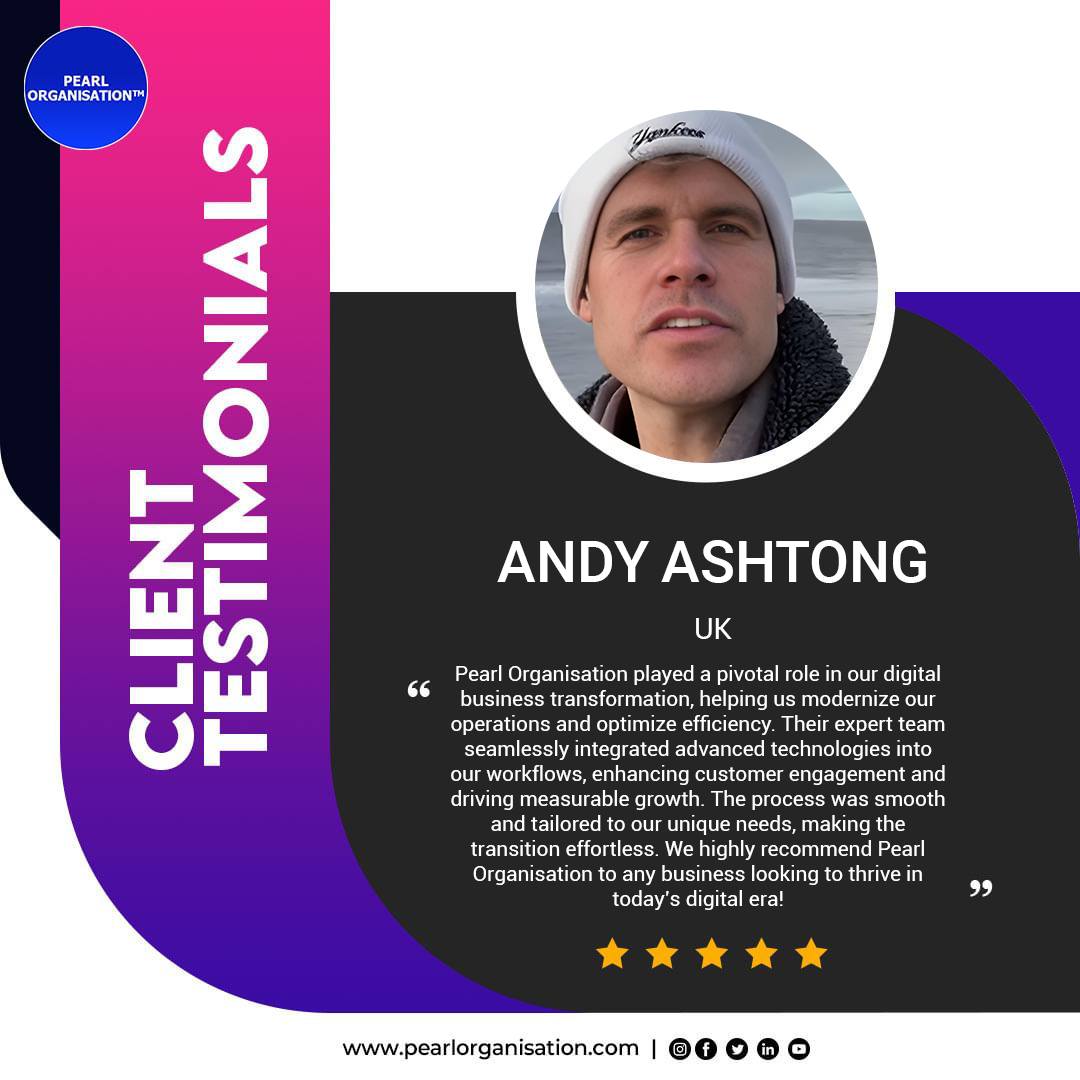Custom vs. Shopify/WooCommerce: Choosing the Right E-Commerce Path
- Larrisa
- Sep 27
- 15 min read

The Global Rise of E-Commerce
The last decade has completely reshaped how people buy, sell, and interact with brands. What once required physical shops, middlemen, and paper invoices is now handled in seconds with a click, tap, or swipe.
The numbers underline just how massive this shift has become:
The global e-commerce market is forecasted to surpass $8.1 trillion by 2026 (Statista).
In 2024, e-commerce accounted for 22% of global retail sales, and this number is climbing each year.
More than 2.64 billion people worldwide are expected to shop online in 2025 — that’s one in every three humans on the planet.
B2B e-commerce is also exploding, with a projected market size of $36 trillion by 2030.
This isn’t just growth — it’s a digital revolution. Businesses that fail to embrace strong e-commerce platforms risk fading into irrelevance, while those that adapt intelligently unlock new customers, new geographies, and new revenue streams.
👉 But here’s the catch: your platform choice defines your future.
The Fork in the Road: Two Competing Paths
When a business comes to Pearl Organisation with the intent to launch or revamp their online store, we usually find them standing at a fork in the road.
The Custom-Built Path
Every pixel, every workflow, every integration is tailor-made.
Frameworks like Laravel, MERN stack, Django, or Magento serve as the foundation.
Perfect for enterprises with complex supply chains, global operations, or unique workflows that ready-made platforms can’t handle.
Higher upfront investment, but yields long-term ROI and digital independence.
The Shopify/WooCommerce Path
Pre-built ecosystems with drag-and-drop convenience.
Shopify: A SaaS platform that powers 4.4 million online stores globally.
WooCommerce: A WordPress plugin that powers over 25% of all e-commerce websites.
Perfect for SMEs and startups who want to launch quickly, validate ideas, and scale step by step.
Affordable at the start but may require add-ons and apps as the business grows.
Why the Choice is Mission-Critical
At first glance, both paths may seem viable. After all, both let you sell products online. But the hidden differences determine whether your store simply survives or truly thrives.
Here’s what this one decision impacts:
Customer Experience: A clunky website with slow checkouts or limited payment options will kill conversions. Did you know? 70% of online shopping carts are abandoned because of poor UX or lack of trust.
Brand Differentiation: On Shopify or WooCommerce, your store risks looking like thousands of others. Custom builds let you showcase unique design, workflows, and even AI-driven personalization.
Long-Term Costs: Shopify charges 2–2.9% transaction fees per sale unless you use their in-house payment gateway. WooCommerce requires ongoing plugin management. Custom platforms avoid recurring vendor fees.
Scalability: As your business grows, can the platform keep up? Enterprises selling 100,000+ SKUs or managing global operations need custom scalability. Startups, however, may prefer Shopify/WooCommerce for speed.
Security & Compliance: A regulated industry like finance, healthcare, or government may require advanced compliance (PCI DSS, HIPAA, GDPR). Shopify handles basics, but custom development gives full control.
In short: The decision isn’t about “cheap vs. expensive” or “easy vs. hard.” It’s about choosing a platform that matches your current needs and future vision.
Why This Article Matters
Too many businesses make the platform choice based on short-term convenience instead of long-term strategy. For example:
A startup chooses Shopify for speed but later struggles with escalating costs and app limitations.
A medium enterprise forces WooCommerce beyond its comfort zone, only to spend more fixing plugin conflicts than selling.
On the other hand, businesses who invest early in custom platforms often future-proof themselves and save more long-term.
📌 At Pearl Organisation, we’ve guided businesses through both choices:
A fashion startup launched on Shopify in weeks, tested demand, and later migrated to a custom platform with us once revenue stabilized.
A B2B supplier bypassed Shopify/WooCommerce entirely, opting for a custom build capable of handling multi-vendor management and AI-driven inventory predictions.
Both succeeded because the platform fit their journey.
Cost, ROI & Time-to-Market
Why Cost and ROI Shouldn’t Be Oversimplified
When businesses compare Shopify/WooCommerce vs. Custom development, the first instinct is to ask:👉 “Which one is cheaper?”
But cost alone is misleading. The true financial question is:
How much does it cost today to launch?
How much will it cost to maintain and scale tomorrow?
Which option delivers the best ROI over 3–5 years?
Pearl Organisation often educates clients that short-term affordability ≠ long-term profitability. Let’s break it down.
Initial Development Costs
1. Custom E-Commerce Development
Cost Range: $10,000 – $50,000+ (depending on complexity, features, and integrations).
Why Higher Upfront? Because developers design, code, and integrate everything from scratch:
Custom design system.
Backend logic for products, payments, and logistics.
API connections to ERP, CRM, or AI tools.
Advantage: No forced reliance on third-party apps or recurring per-sale fees.
2. Shopify
Subscription: $29 – $299/month.
Enterprise (Shopify Plus): $2,000+/month.
Additional Costs:
Themes: Free – $350.
Apps: $10 – $200/month each (average store uses 6–10).
Transaction Fees: 2% per sale (unless using Shopify Payments).
Advantage: Extremely low upfront cost. Launch possible under $500.
3. WooCommerce
Plugin Cost: Free, but…
Hidden Costs:
Hosting: $20 – $100/month.
Premium themes: $60 – $200 one-time.
Plugins: $50 – $300/year each.
Developer support for custom tweaks.
Advantage: Flexible and cost-effective if you already use WordPress.
📌 Comparison Snapshot:
Custom = Big investment upfront, low dependency costs later.
Shopify/WooCommerce = Cheap upfront, but recurring costs scale with success.
Long-Term ROI (3–5 Years)
Shopify ROI Considerations
Easy for startups to validate demand.
But once monthly sales cross $100,000, transaction fees + app costs often surpass $2,500/month.
Scaling to Shopify Plus ($2,000/month) adds cost but offers enterprise support.
WooCommerce ROI Considerations
Good ROI if you have in-house WordPress expertise.
Costs grow with plugins and developer support.
Strong option for mid-size businesses with moderate growth.
Custom ROI Considerations
Break-even point usually occurs in 2–3 years.
No recurring vendor lock-in fees.
Higher profit margins long-term due to zero transaction cuts.
Easier to integrate advanced revenue drivers:
AI-based upselling.
Dynamic pricing.
Multi-vendor marketplaces.
📊 Case Study: A Pearl Organisation client in fashion started with Shopify (good for Year 1–2), then migrated to a custom platform. Within 12 months of migration, they saved $65,000 annually in transaction + app costs and increased profit margins by 28%.
Time-to-Market
Shopify
Launch time: 2–4 weeks.
Perfect for testing a new business idea or quickly validating demand.
Pre-made themes and apps allow you to start selling almost instantly.
WooCommerce
Launch time: 1–2 months.
Faster than custom, but requires hosting setup, plugin configurations, and design work.
Better suited for SMEs with WordPress familiarity.
Custom
Launch time: 3–6 months.
Every feature is built, tested, and refined.
Slower at the start, but ensures future-proof scaling.
📌 The Rule of Thumb:
Need speed to test idea? Shopify/WooCommerce.
Need sustainable platform for long-term growth? Custom.
Beyond Cost: The Hidden Economics
Transaction Fees
Shopify: Up to 2.9% per sale.
WooCommerce: Depends on payment gateway (usually 2–2.5%).
Custom: Choose your own gateways, negotiate lower fees.
Plugin & App Dependencies
Shopify/WooCommerce: Every added feature = extra monthly cost.
Custom: Features coded once, no monthly app fees.
Operational Efficiency
Custom: Automations reduce manpower costs.
Shopify/WooCommerce: Rely on apps for automation.
Exit Costs
Shopify: Migrating away is complex (closed ecosystem).
WooCommerce: Easier to migrate, but plugin lock-in exists.
Custom: You own the code — no dependency risk.
Pearl Organisation’s Cost & ROI Framework
When guiding clients, we use a 3–5 Year ROI Lens instead of just “what’s cheapest now.”
We ask:
Will you cross $1M/year in sales?
Do you plan to expand globally in the next 2–3 years?
Do you need integrations with ERP, CRM, or AI-driven tools?
Do you want digital independence or are you okay with platform lock-in?
👉 This structured ROI evaluation has helped SMEs save thousands, and enterprises plan sustainable growth without expensive re-platforming later.
Key Takeaway
If you’re a startup or small business: Shopify/WooCommerce offers affordable, fast entry.
If you’re a scaling or enterprise-level business: Custom is more cost-efficient long-term.
The wrong choice can trap you in hidden costs or scalability ceilings.
At Pearl Organisation, we’ve seen both sides of the spectrum. That’s why our approach is consultative — not just development, but strategic planning for profit-driven e-commerce.
Flexibility, Features & Customization
Why Flexibility Matters in E-Commerce
When it comes to e-commerce, no two businesses are the same.
A startup selling handmade jewelry may only need a simple catalog + payment gateway.
A B2B distributor might require multi-vendor logins, inventory sync across warehouses, and automated purchase orders.
A global retailer may demand AI-driven personalization, multiple currencies, and custom logistics integration.
👉 The common thread? Flexibility = Conversions. If your platform can’t adapt to your customer journey or operational model, you’ll hit growth roadblocks.
Shopify: Flexibility with Boundaries
Shopify is popular because it’s simple, but simplicity comes with built-in boundaries.
Themes: 100+ ready-made themes, but heavy customization requires developer coding in Shopify’s proprietary Liquid language.
Features: Core features (payments, product pages, discounts, shipping calculators) are pre-packaged.
Apps: Over 8,000 apps extend functionality, but each adds recurring cost.
Limitations:
Restricted access to backend code.
No full control over database.
Complex features like multi-vendor setups or AI-driven personalization are hard to implement without costly third-party apps.
📌 Example: A Pearl Organisation client selling digital courses outgrew Shopify because they needed custom subscription logic + AI-driven progress tracking. Shopify’s app ecosystem couldn’t deliver without layering multiple paid plugins.
WooCommerce: Open-Source, Plugin-Powered Flexibility
WooCommerce, being open-source, offers more freedom than Shopify — but freedom has trade-offs.
Customization: Full access to WordPress + WooCommerce codebase. Developers can create or modify plugins.
Plugins: Thousands available for SEO, payments, shipping, memberships.
Design Control: Works with any WordPress theme → easier to create unique designs.
Limitations:
Too many plugins can slow down performance.
Plugin conflicts are common.
Security depends on regular updates (plugins, WordPress core, hosting).
📊 Stat: WooCommerce powers over 25% of all e-commerce stores, largely because it offers freedom without monthly SaaS fees.
👉 Good choice for SMEs with moderate technical resources, but not ideal for enterprises needing complex, enterprise-grade systems.
Custom Development: Limitless by Design
Custom-built platforms are designed around your exact needs, not a platform vendor’s template.
Feature Control: Anything you imagine can be built — multi-vendor marketplaces, AI-powered recommendations, subscription models, AR/VR product previews, advanced loyalty programs, or custom checkout logic.
Scalability: Add features anytime without plugin dependency.
Integration Power: Seamless ERP, CRM, logistics, AI analytics, and even IoT connections (e.g., smart inventory).
Design Freedom: Every pixel is yours. Your site won’t look like 1 of 1,000 Shopify clones.
📌 Example: A global FMCG brand partnered with Pearl Organisation to build a custom e-commerce platform with:
Dynamic pricing algorithms.
Automated warehouse sync across 12 countries.
AI-driven upsell engine.
Result → 42% increase in average order value and smoother international operations.
Key Comparison Table: Flexibility
Feature | Shopify | WooCommerce | Custom |
Design Control | Moderate (theme-based, limited custom code) | High (themes + plugins) | Unlimited |
Feature Expansion | App marketplace (recurring costs) | Plugin marketplace (risk of conflicts) | Fully tailored |
Integration Power | Limited API access | Strong with WordPress APIs | Unlimited (ERP, CRM, AI, IoT) |
Database Access | Restricted | Full | Full |
Scalability | Moderate (Shopify Plus helps but costly) | Good (depends on hosting) | Unlimited |
Why Customization Directly Impacts Conversions
Unique Customer Journeys
Ready-made platforms force customers into predefined flows.
Custom flows reduce friction and improve conversions.
Checkout Experience
Shopify/WooCommerce: Standard checkouts (with some customization).
Custom: Advanced checkout like 1-click payments, multi-step gamified checkout, local payment gateways.
Personalization
Shopify: Limited personalization unless using paid apps.
WooCommerce: Some flexibility with plugins.
Custom: Deep personalization (AI/ML-driven recommendations, geo-targeted offers).
Long-Term Differentiation
Generic templates = generic experience.
Custom experiences stand out and build brand loyalty.
📊 McKinsey found that personalization can drive 40% more revenue. Only custom platforms give full control for deep personalization.
Pearl Organisation’s Approach to Customization
Unlike agencies that just “install Shopify themes” or “configure WooCommerce plugins,” Pearl Organisation delivers business-first development:
We map customer journeys and identify friction points.
We select (or build) the platform that maximizes conversion opportunities.
We integrate AI, analytics, and automation from day one.
We ensure design, features, and backend scale together — not in silos.
👉 That’s why clients trust us to transform e-commerce websites into conversion engines.
Security, Compliance & Ownership
Why Security and Trust Are Non-Negotiable
In today’s digital economy, a single security breach can wipe out years of brand building.
60% of SMEs close within 6 months of a cyberattack (CNBC).
Global e-commerce fraud losses are projected to exceed $48 billion by 2025 (Juniper Research).
81% of consumers say they won’t buy from a brand they don’t trust with their data (Edelman Trust Barometer).
👉 Your platform decision isn’t just about what features you get — it’s also about how safe your customers feel when using them.
Shopify: Security Managed, But Vendor Controlled
Strengths
Shopify is PCI-DSS compliant by default.
SSL certificates are included in all plans.
Data is hosted and managed by Shopify on its cloud infrastructure.
Automatic updates reduce maintenance headaches.
Risks & Limitations
Shopify controls your backend. If there’s a vulnerability or downtime, you’re at their mercy.
Data portability is limited. Migrating away from Shopify is not seamless.
Custom security configurations (e.g., advanced firewalls, role-based access, geofencing) are not available.
📌 Shopify is secure enough for SMEs, but enterprises in regulated industries (finance, healthcare, government contracts) often find it restrictive.
WooCommerce: Freedom with Responsibility
Strengths
As open-source, WooCommerce offers full control over security setups.
Businesses can choose their own hosting providers with advanced security layers.
Plugins exist for everything from two-factor authentication to fraud detection.
Risks & Limitations
Security depends on you and your hosting provider.
Outdated plugins/themes are common entry points for hackers.
Maintenance requires consistent monitoring and patching.
📊 Wordfence reports that 90,000+ WordPress websites are hacked daily, mostly due to outdated plugins or weak hosting security.
👉 WooCommerce is a great middle-ground — but only if paired with strong IT management.
Custom Development: Tailored, Enterprise-Grade Security
Strengths
Full control over data architecture, encryption, and compliance.
Can be built to comply with GDPR, HIPAA, ISO27001, SOC2, and country-specific regulations.
Enables advanced security features like:
Role-based user access.
Custom firewalls.
AI-driven fraud detection.
Geofencing and IP restrictions.
Data hosting can be chosen (private cloud, hybrid, or on-premise).
Risks & Limitations
Security requires investment — cutting corners in development leads to vulnerabilities.
Maintenance responsibility lies with your IT team or vendor partner.
📌 A fintech company partnered with Pearl Organisation to build a custom e-commerce + payment system. We implemented end-to-end encryption and geo-restricted access, ensuring 100% PCI and GDPR compliance across three continents.
Compliance Considerations
Payment Security (PCI-DSS)
Shopify → Pre-certified, but locked to their system.
WooCommerce → Depends on your payment gateway + hosting.
Custom → Full PCI-DSS integration with direct control.
Data Privacy (GDPR/CCPA/HIPAA)
Shopify → Provides compliance tools but stores data on their servers.
WooCommerce → Business is responsible for privacy controls.
Custom → Can be architected with compliance-first logic.
Audit Trails & Reporting
Shopify → Limited reporting.
WooCommerce → Plugins available.
Custom → Advanced, role-based audit logs built in.
Ownership & Digital Independence
Perhaps the least discussed but most important factor: Who owns your platform?
Shopify
You don’t own the platform — you rent it.
If Shopify changes pricing, policies, or terms, you must comply.
Migrating away is complex, as data and logic sit in Shopify’s ecosystem.
WooCommerce
You own your website and codebase.
Plugins/themes may be third-party owned, but you can switch providers.
Greater independence than Shopify, but still dependent on WordPress core updates.
Custom
You own 100% of the code and infrastructure.
No vendor lock-in, no forced transaction fees.
True digital independence → critical for enterprises building multi-decade businesses.
📊 A Forrester report revealed that 65% of businesses regret platform lock-in decisions because of hidden costs and migration pains.
Pearl Organisation’s Security & Ownership Promise
When Pearl Organisation builds e-commerce solutions, security and ownership are built-in, not add-ons.
Custom-tailored security frameworks to match your industry.
Transparent ownership → you control the code, infrastructure, and data.
Compliance-ready systems (PCI, GDPR, HIPAA).
24/7 monitoring and incident response available.
👉 With Pearl Organisation, businesses don’t just get a platform — they get peace of mind and full control.
Scalability, Growth & Future-Proofing
Why Scalability is the Real Test of E-Commerce Platforms
Launching an online store is just the beginning. The true challenge starts when:
Orders surge during seasonal peaks.
Catalogs grow from 100 products to 100,000+.
Customers demand faster delivery, personalized offers, and multi-currency support.
Your business expands across geographies and languages.
📊 According to Gartner, 75% of enterprises will adopt composable or headless commerce by 2026 to scale efficiently.
👉 This is where platform choice either becomes your growth enabler or your growth bottleneck.
Shopify: Easy to Start, Costly to Scale
Strengths
Handles moderate growth smoothly (up to a few thousand SKUs).
Hosting and server management are automated.
Shopify Plus ($2,000/month) offers enterprise-grade support.
Limits
App dependency grows with scale. Each additional workflow (ERP sync, AI recommendations, advanced logistics) = more paid apps.
Transaction fees stack up heavily for high-volume merchants.
Large catalogs (50,000+ SKUs) often slow down unless highly optimized.
📌 Case Example: A Pearl Organisation client in electronics scaled rapidly but hit Shopify’s app and transaction limitations. Migrating to a custom build saved them $70,000 annually in fees while boosting checkout speed.
WooCommerce: Flexible, But Hosting Dependent
Strengths
Open-source → Can scale with the right hosting and optimizations.
Supports large catalogs if paired with dedicated servers.
Plugin ecosystem adds flexibility.
Limits
Performance depends heavily on hosting environment. Shared hosting often fails under traffic spikes.
Large plugin dependency increases conflicts and maintenance costs.
Not inherently multi-tenant or global commerce ready.
📊 Stat: WooCommerce works best for small to mid-size businesses. Beyond 50K monthly visitors, most businesses require significant optimization or migration.
Custom Development: Built for Long-Term Growth
Strengths
Architected specifically for high-traffic, global operations.
No SKU limits — capable of handling catalogs with millions of products.
Built for multi-language, multi-currency, and multi-vendor from day one.
Easy to integrate with enterprise tools: ERP, CRM, WMS, AI, blockchain payments, IoT-enabled logistics.
Advanced Features Possible:
AI-powered recommendations scaling with customer base.
Headless commerce for seamless integration across web, mobile, and IoT.
Cloud-native design (AWS, Azure, GCP) for elastic scalability.
📌 Case Example: Pearl Organisation built a custom platform for a global FMCG brand handling:
12 warehouses across 8 countries.
Dynamic pricing for 2M SKUs.
50K concurrent users during flash sales.
The result? 99.99% uptime and zero scalability issues during peak seasons.
Future-Proofing: Beyond Today’s Needs
Technology evolves fast. Platforms must adapt to:
AI in Commerce – Personalized shopping, chatbots, AI-driven pricing.
Voice Commerce – By 2026, $164B in sales expected via voice assistants.
Omnichannel Integration – Syncing physical + digital retail seamlessly.
AR/VR Shopping – 3D product previews and immersive experiences.
How Platforms Handle Future-Proofing
👉 Businesses that want to stay ahead of trends need custom or hybrid solutions.
Migration Considerations
Shopify → Custom: Common once sales cross $1M+ annually, as transaction fees and app costs outweigh convenience.
WooCommerce → Custom: Happens when plugin conflicts and hosting limitations block growth.
Custom → Hybrid: Rare. Most enterprises stay custom but may adopt headless architecture for omnichannel expansion.
Pearl Organisation’s Growth & Scalability Framework
When building for clients, Pearl Organisation focuses on:
Elastic Infrastructure: Auto-scaling servers for traffic spikes.
Headless Commerce: Decoupling backend logic from front-end for future flexibility.
Data-Driven Scalability: AI-driven analytics to optimize conversions at scale.
Modular Add-Ons: Future features (subscriptions, AI chatbots, AR shopping) added without disrupting the core.
📌 Unlike agencies that simply “deliver a store,” Pearl Organisation engineers growth-ready ecosystems that evolve with your business.
1. Which is cheaper: Shopify, WooCommerce, or Custom development?
Shopify starts at $29/month but adds transaction fees (2–2.9%) and app costs.
WooCommerce is free, but hosting, premium plugins, and developer support average $500–$3,000 annually.
Custom requires $10,000–$50,000+ upfront but saves long-term by eliminating transaction fees and app lock-ins.
📊 A Pearl Organisation case study showed a client saved $70,000 annually after migrating from Shopify to custom due to fee elimination.
2. Which platform is faster to launch?
Shopify: 2–4 weeks (ideal for quick market testing).
WooCommerce: 1–2 months (requires hosting + setup).
Custom: 3–6 months (but scalable and future-proof from day one).
👉 If speed matters → Shopify. If sustainability matters → Custom.
3. Do Shopify and WooCommerce limit features compared to custom?
Yes.
Shopify: Features depend on apps. Many advanced needs (AI personalization, multi-vendor, AR previews) require multiple paid apps.
WooCommerce: Flexible but plugin-heavy → risks conflicts and slower performance.
Custom: Unlimited. Every feature can be tailored to the exact workflow.
4. Which option scales better for enterprises?
Shopify: Suitable for SMEs. Shopify Plus ($2,000/month) helps but is expensive.
WooCommerce: Works for mid-size businesses with strong hosting, but plugin management becomes complex.
Custom: No limits. Can scale to millions of SKUs, global warehouses, and multi-language/multi-currency needs.
📊 Gartner predicts 75% of enterprises will shift to composable/custom commerce by 2026 for scalability.
5. Is security stronger on Shopify, WooCommerce, or Custom builds?
Shopify: PCI-compliant, SSL included, but security is vendor-controlled.
WooCommerce: Strong if managed with premium hosting + updated plugins.
Custom: Can be architected with enterprise-grade security (end-to-end encryption, geofencing, role-based access, AI fraud detection).
👉 For regulated industries (finance, healthcare), custom is the safest choice.
6. Who owns the platform?
Shopify: You “rent” it. Shopify owns backend + hosting.
WooCommerce: You own your site, but rely on third-party plugins.
Custom: You own 100% of the code, data, and infrastructure.
📌 65% of businesses regret vendor lock-in decisions (Forrester). Custom avoids this risk.
7. Which is better for global businesses?
Shopify: Supports multi-currency, but limited for complex tax/shipping logic.
WooCommerce: Can support international, but requires plugins and optimizations.
Custom: Designed for global-first operations — multi-language, multi-currency, multi-warehouse, and compliance.
8. Can Shopify/WooCommerce handle 100K+ SKUs?
Shopify struggles with very large catalogs unless highly optimized.
WooCommerce can, but performance depends on hosting.
Custom platforms easily handle millions of SKUs with optimized databases.
9. How do transaction fees affect long-term ROI?
Shopify charges 2–2.9% per transaction unless you use Shopify Payments.
WooCommerce → Fees depend on payment gateways (2–2.5%).
Custom → You choose the gateway and can negotiate lower rates, boosting margins.
👉 Businesses doing $1M+ annual sales often save tens of thousands by moving to custom.
10. When should a business migrate from Shopify/WooCommerce to Custom?
When app/plugin costs exceed platform value.
When scaling beyond 50K monthly visitors or 100K SKUs.
When advanced features (AI, AR, custom workflows) are needed.
When transaction fees cut into profits.
11. Which is easier to maintain?
Shopify: Easiest (vendor handles maintenance).
WooCommerce: Requires ongoing plugin/theme updates.
Custom: Needs IT/vendor partner but is more stable long-term since features are built-in, not app-dependent.
12. Which is best for SEO and marketing?
Shopify: SEO-friendly but app-dependent for advanced marketing.
WooCommerce: Strong SEO since it’s built on WordPress.
Custom: Can be SEO-engineered from the ground up with advanced schema, content automation, and integrations with AI-driven analytics.
📊 A Pearl Organisation custom SEO build improved client organic leads by 180% in 9 months.
13. Can a business use hybrid models?
Yes. Some businesses start on Shopify for speed, then add custom microservices (AI search, ERP sync) through APIs. Later, they fully migrate to custom once growth demands it.
👉 Pearl Organisation often designs hybrid transition roadmaps for clients scaling beyond SaaS limits.
14. Which is better for long-term digital independence?
Custom wins.
Shopify = subscription lock-in.
WooCommerce = semi-independent.
Custom = full ownership, no lock-ins, future-proof scalability.
👉 With Pearl Organisation, businesses don’t just get a store — they get a growth-ready e-commerce engine.

























